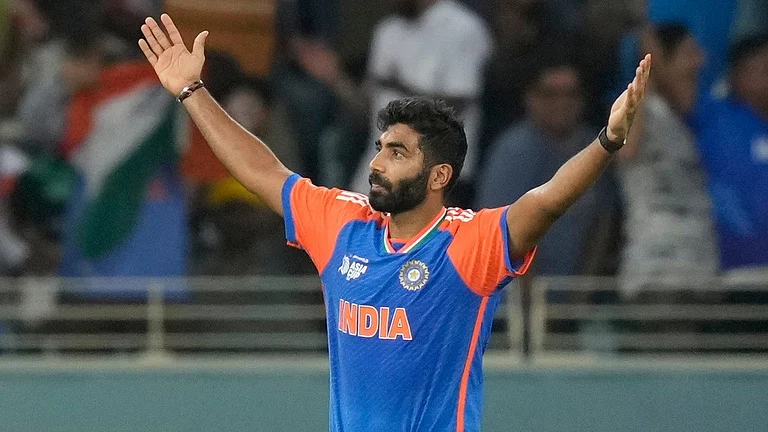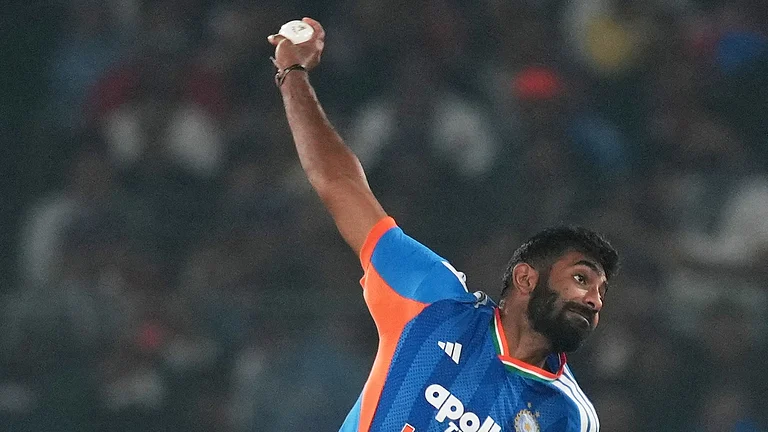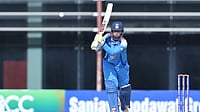Jasprit Bumrah knew something was off from the very first over. Taking the new ball on the opening morning of the third Test match of Anderson-Tendulkar Trophy at Lord’s, he found the outside edge of Ben Duckett almost immediately—but the ball fell well short of a diving Rishabh Pant.
It wasn’t the first time and likely wouldn’t be the last. Over the stump mic, Bumrah could be heard instructing his slip cordon: “Aage aa jao, ball carry nahi kar raha hai, soft hai”—“Come forward, the ball’s not carrying, it’s soft.”
It was a telling comment and an early indication of what the pitch might offer—or rather, not offer—for the fast bowlers. Bumrah’s plea recalled scenes from the World Test Championship final at this very ground just last month, where fielders stood unusually close due to similar issues. That match saw a nasty injury to Steven Smith after a low edge flew into his hands and caused a finger injury.
Interestingly, just two days before the match, the Lord’s surface was lush and green, sparking expectations of a lively pitch full of pace and bounce—especially after England’s loss at Edgbaston. There were murmurs that the home side had asked for a quicker, seamer-friendly wicket. But as match day approached, the grass was trimmed back significantly, changing the complexion of the 22-yard strip.
By the time the teams took the field, the pitch looked far less threatening. Its dry, brownish surface suggested it might play slow and low, with help for spinners later on. England’s team selection made that even clearer—with off-spinner Shoaib Bashir included in their XI.
While India’s pacers, led by Bumrah and debutant Akash Deep, kept their lines tight, they found the pitch offering little assistance in terms of carry. Several deliveries, even when edged, failed to reach Pant or the slip fielders on the full. Zak Crawley and Ben Duckett survived early scares as the Indian bowlers probed away patiently.



























